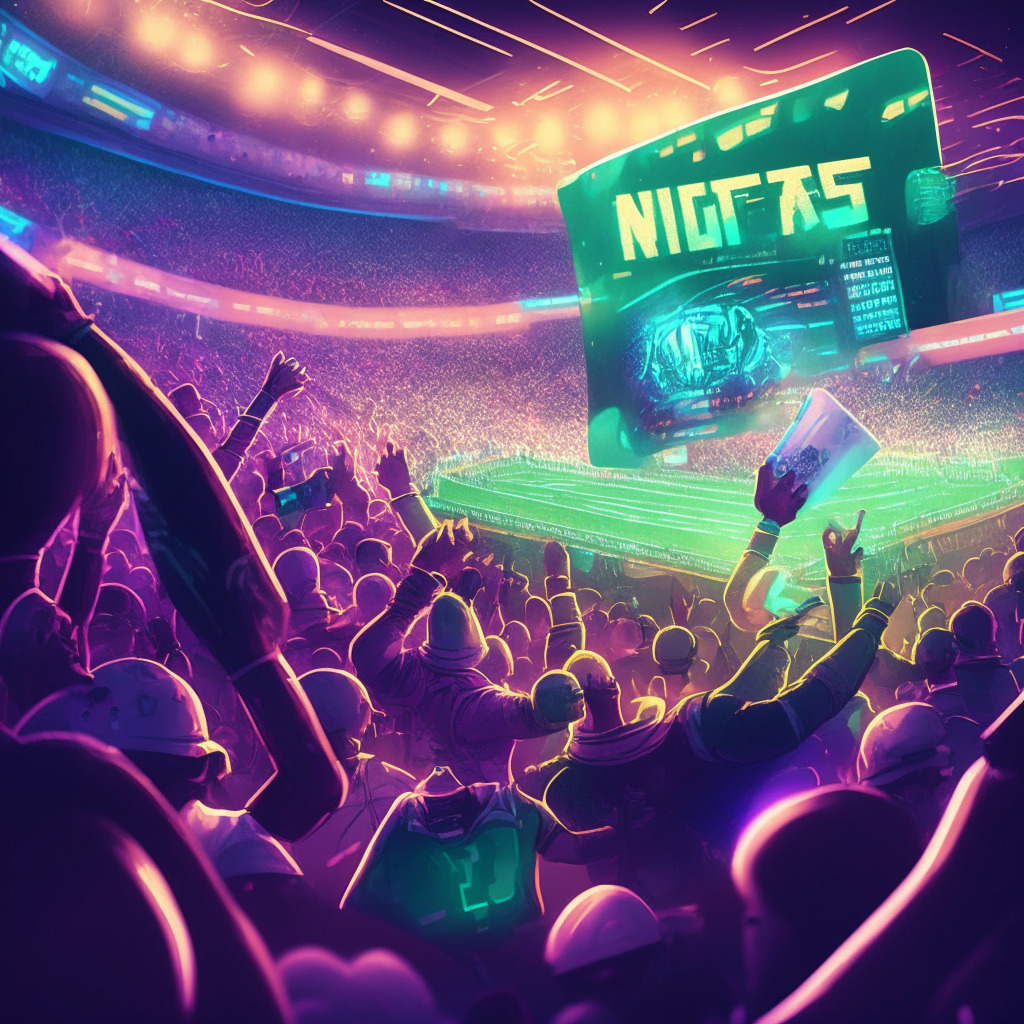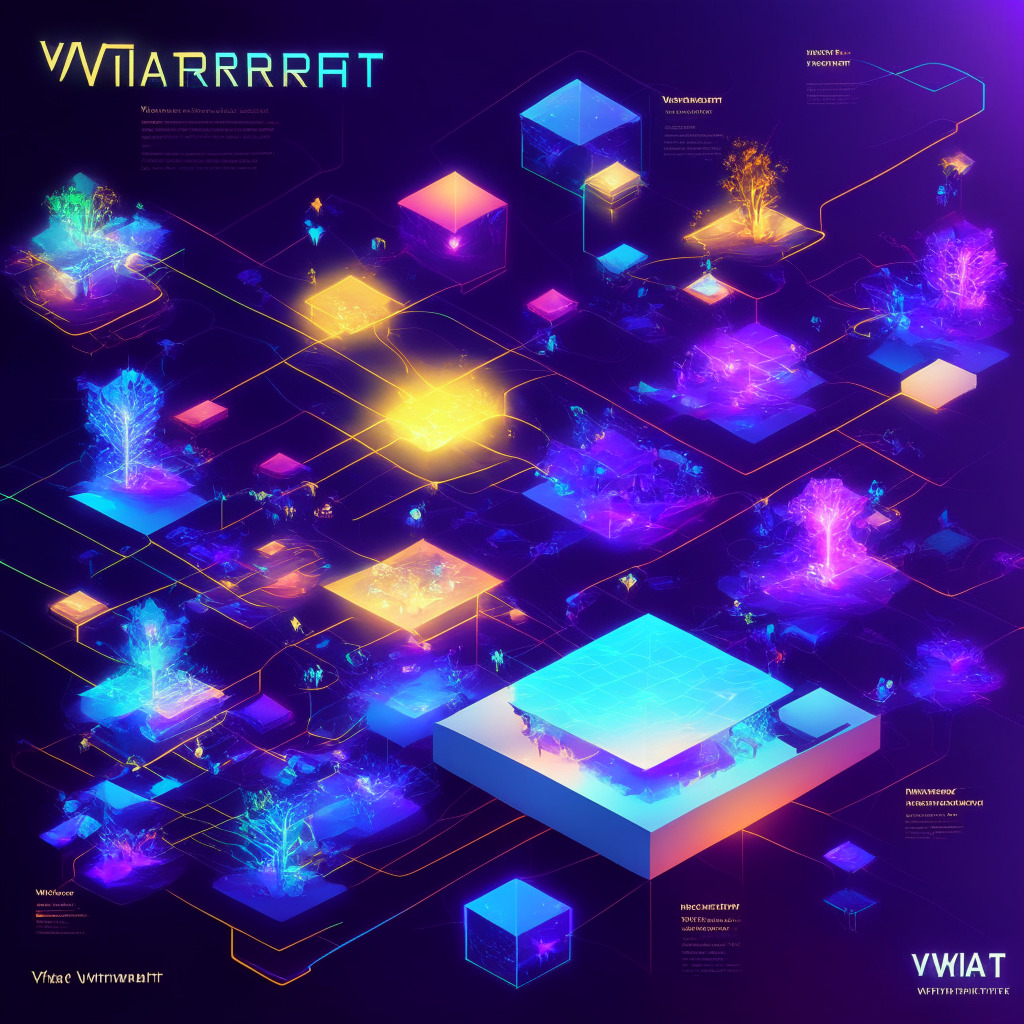Tesla, known for its revolutionary electric vehicles and energy solutions, has been making waves with its recent venture into robotics. The company led by Elon Musk has released new footage displaying the impressive capabilities of its Tesla Bots, which now seem to be capable of walking steadily, picking up items, and recognizing objects without assistance from the Tesla staff.
The video presented at the company’s shareholder meeting event demonstrates the significant advancements made in the Tesla Bot project. These upgrades include enhanced motor torque control, AI training based on human-tracked movements, and object manipulation capabilities. As a result, the humanoid robots can now walk in a straight line without any help. In one particular showcase, a Tesla Bot retrieved items from a container and placed them into another, demonstrating the potential for robots to perform human-like tasks. This served as an example of how the bot’s AI can be trained using human demonstrations.
These developments are noteworthy and could contribute towards the growing adoption of robotics and AI in various industries. However, some concerns arise as we delve deeper into the world of humanoid robots. Will the increasing dependence on robots lead to job losses and create a stark division in the workforce? These are questions that need to be addressed as technology continues to propel forward.
On the one hand, the integration of robots like Tesla Bots into everyday life can lead to increased efficiency and productivity in various sectors. Manufacturing, construction, and even household chores could benefit from the implementation of such technology. This would enable humans to focus more on complex, creative, and analytical tasks – further emphasizing our unique strengths and abilities.
On the other hand, the incorporation of advanced robots into work processes could lead to job displacement, particularly among workers in tasks that are repetitive and require less specialized skills. This could, in turn, lead to unemployment and eventually disrupt the social and economic structure.
Admittedly, there is no singular conclusion to be drawn from this development. The future of robotics and AI integration into society holds both promise and peril. It is essential for governments, institutions, and individuals to be proactive in addressing these challenges, to ensure the ethical and practical implementation of such technologies.
In conclusion, the advancements showcased by Tesla’s humanoid robots represent a crucial step forward in robotics and AI capabilities. While the prospect of a future where machines and humans coexist in harmony is exciting, it also raises important concerns about the impact on jobs and the workforce. As we continue to explore and develop this field, adopting a balanced approach and leaving room for reflection is key to ensuring a just and prosperous society. Tesla’s new Bots serve as a testament to the endless possibilities of technological innovation, but only time will tell how they will ultimately shape the world around us.
Source: Cointelegraph




